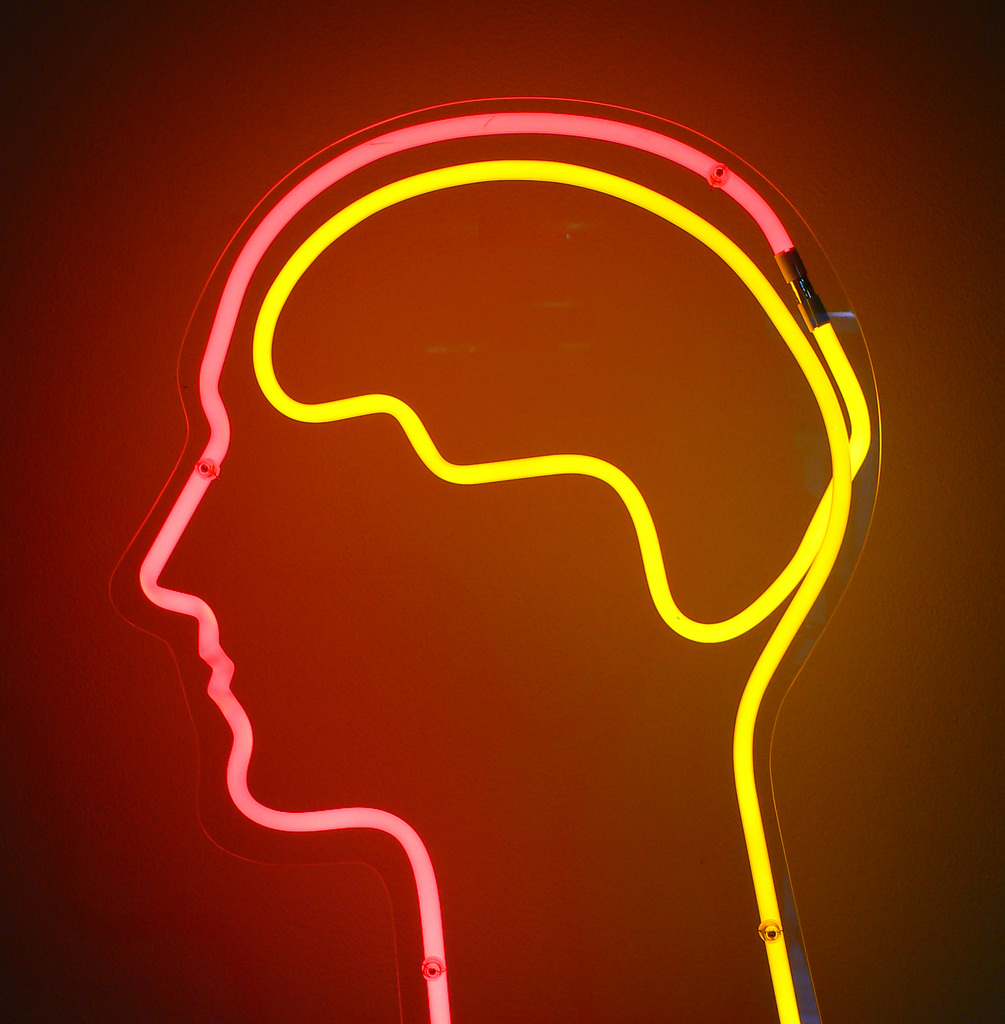In the whitewashed world of Alzheimer’s research, one scientist is on a quest to understand the diversity of brains
By Usha Lee McFarling,
STAT
| 03. 30. 2023
CHICAGO — When she entered the field of Alzheimer’s research a quarter century ago, Lisa Barnes was deeply disappointed to find few Black people like her family members with dementia were being studied. A rarity herself — as a Black female cognitive neuropsychologist — she’s spent her career quietly pushing back.
Since 2004, Barnes has been running the Minority Aging Research Study, one of the nation’s largest studies of Alzheimer’s focused exclusively on Black people and has created a brain bank used by other researchers to understand the illness in this population. This was no easy feat, given that many of the people she hoped to study grew up amid Jim Crow laws and often held a deep mistrust of medical science and its experiments.
“We were learning a lot about Alzheimer’s and cognitive decline but those studies didn’t have people of color, African Americans in particular,” said Barnes. “I wanted to interrogate some of the lived experiences of older African Americans based on what I knew about my own family,” she said in a recent interview at her office...
Related Articles
A Review of Exposed by Becky McClain
“Do not get lost in a sea of despair. Be hopeful, be optimistic. Our struggle is not the struggle of a day, a week, a month, or a year, it is the struggle of a lifetime. Never, ever be afraid to make some noise and get in good trouble, necessary trouble.”
— John Lewis
Becky McClain became famous when she successfully sued Pfizer, one of the very largest pharmaceutical and biotech companies. She...
By Josie Ensor, The Times | 12.09.2025
A fertility start-up that promises to screen embryos to give would-be parents their “best baby” has come under fire for a “misuse of science”.
Nucleus Genomics describes its mission as “IVF for genetic optimisation”, offering advanced embryo testing that allows...
By Katherine Long, Ben Foldy, and Lingling Wei, The Wall Street Journal | 12.13.2025
Inside a closed Los Angeles courtroom, something wasn’t right.
Clerks working for family court Judge Amy Pellman were reviewing routine surrogacy petitions when they spotted an unusual pattern: the same name, again and again.
A Chinese billionaire was seeking parental...
By Tina Stevens, CounterPunch | 12.11.2025
Silicon Valley and other high tech billionaires are investing millions in start-ups dedicated to creating genetically engineered (GE) babies, according to a recent Wall Street Journal (WSJ) report. AI mogul Sam Altman, cryptocurrency entrepreneur Brian Armstrong, venture capitalist Peter...




